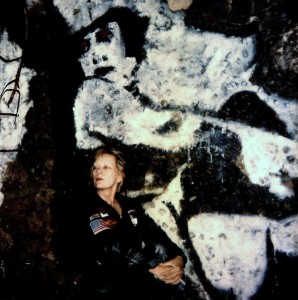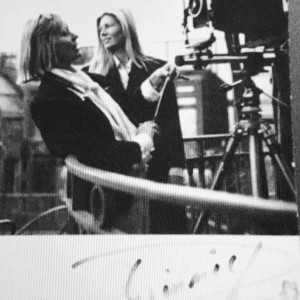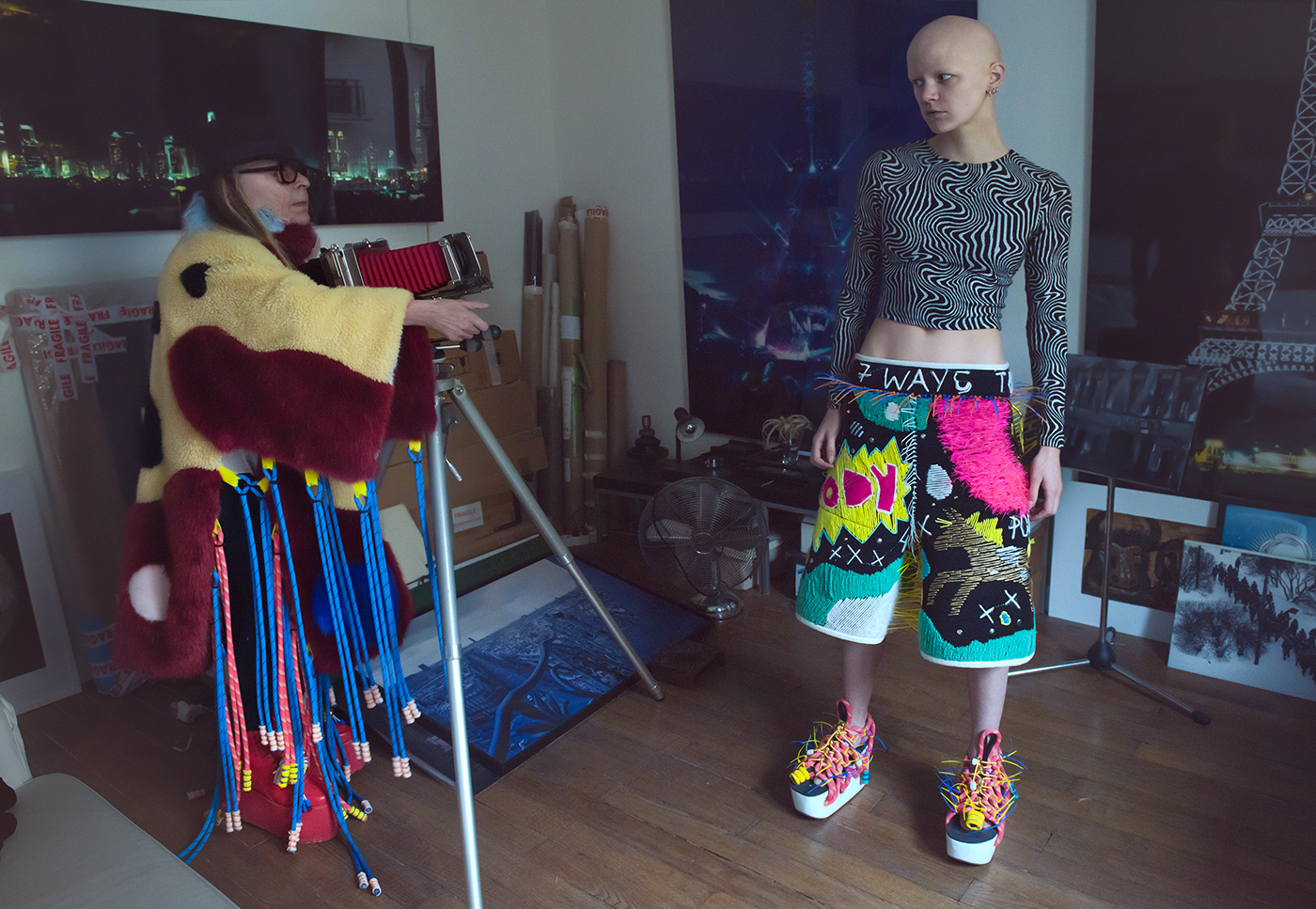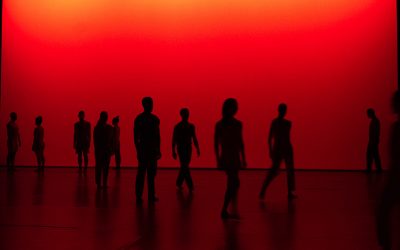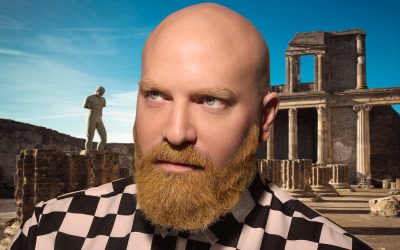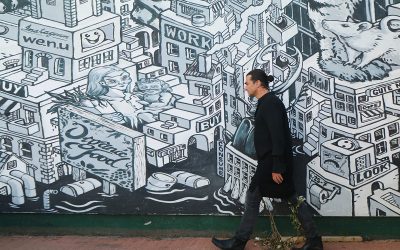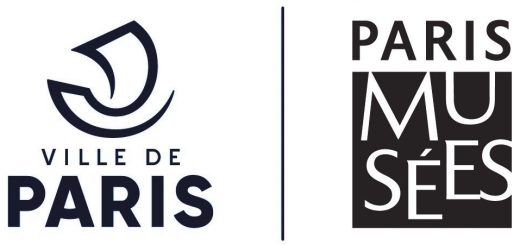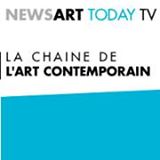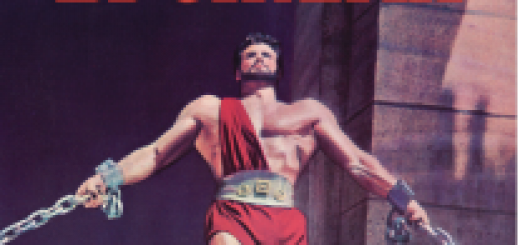WINNIE DENKER
On a gloomy afternoon I had the pleasure meeting Winnie Denker . The skies might have been somber, her Parisian flat was glowing of gold, reds and blues. We all know her work, we have seen it in one of her books or a gallery, but when entering her home, you travel from Saint Petersburg to New York in a glimpse. Light boxes and platinum prints, gathered against the walls, cover every possible space and take you to a world of wander. She is a light hunter, physical and symbolic. She photographed many cultural wanders, beauty of sense and nature; and she did so during decades for UNESCO, Gaz de France and other institutions, not to forget, the Hermitage museum; where she has an art permanence, extremely rare for a living artist.
Born in 38 in Danemark she’s seen all of the modern era, with the bad and ugly of the war but, she is acknowledging her role in capturing beauty. That what is fragile in front of Time, that time outstanding humans. That beauty humans build and then destroy, that beauty nature offers and humans destroy. She is a hunter, a spectator and a capturer. Gathering instants with patience and sometimes even danger, as she seeks the impossible angle. She is offering us the unseen in the very popular, the unique in the common.
With the lightness of a young girl she is telling me about the day she understood it is not enough to take pictures. When she decided to learn photography. The love she bears for her camera, a 8×10 large angle format. The relationship between Winnie and her apparatus, this lifetime bond is what makes her photography Art. Her eyes lit up when explaining her technique, what it demands and all the possibilities you gain with it. The beauty of platinum and gold prints. The quality and large chromatic spectrum obtained. The details, it’s candour, its depth …
Handsome herself, Winnie Denker is in love with human beauty, no wander she made her name as fashion photographer. Fast, her passion grew embracing all she could capture of the human heritage. The modern metropoles, the classic architecture, the ancient, the new, maximalist and minimalist, her camera honouring them from the largest views to the most intimate details.
Delighted to meet artist Winnie Denker
the Light Hunter – Winnie Denker

On a gloomy afternoon I had the pleasure meeting Winnie Denker . The skies might have been somber, her Parisian flat was glowing of gold, reds and blues. We all know her work, we have seen it in one of her books or a gallery, but when entering her home, you travel from Saint Petersburg to New York in a glimpse. Light boxes and platinum prints, gathered against the walls, cover every possible space and take you to a world of wander. She is a light hunter, physical and symbolic. She photographed many cultural wanders, beauty of sense and nature; and she did so during decades for UNESCO, Gaz de France and other institutions, not to forget, the Hermitage museum; where she has an art permanence, extremely rare for a living artist.
Born in 38 in Danemark she’s seen all of the modern era, with the bad and ugly of the war but, she is acknowledging her role in capturing beauty. That what is fragile in front of Time, that time outstanding humans. That beauty humans build and then destroy, that beauty nature offers and humans destroy. She is a hunter, a spectator and a capturer. Gathering instants with patience and sometimes even danger, as she seeks the impossible angle. She is offering us the unseen in the very popular, the unique in the common.
With the lightness of a young girl she is telling me about the day she understood it is not enough to take pictures. When she decided to learn photography. The love she bears for her camera, a 8×10 large angle format. The relationship between Winnie and her apparatus, this lifetime bond is what makes her photography Art. Her eyes lit up when explaining her technique, what it demands and all the possibilities you gain with it. The beauty of platinum and gold prints. The quality and large chromatic spectrum obtained. The details, it’s candour, its depth …
Handsome herself, Winnie Denker is in love with human beauty, no wander she made her name as fashion photographer. Fast, her passion grew embracing all she could capture of the human heritage. The modern metropoles, the classic architecture, the ancient, the new, maximalist and minimalist, her camera honouring them from the largest views to the most intimate details.
Delighted to meet artist Winnie Denker
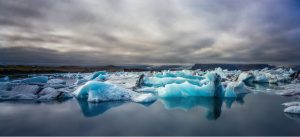
A.M.: Where is the beginning?
W.D.: I arrived in Paris in 1958 , on April 2nd. Of course I cam before to visit and I was absolutely amazed by Paris, south of France and Monaco. My very first French phrase was: “Garçon l’addition, s’il vous plait” and very fast I was saying “c’est si bon” and “c’est magnifique”. I was a teenager model, even though I was not to tall. I worked for l’Oréal. At one point I met François Chalais and his photography made me understand that was what I wanted to do. So I asked him a camera, and he bought for me a Pentax.
Back then there were few photographers so, very fast I started not only capturing my friends models but I was working for the fashion shows. My first job was for Karl Lagerfeld. Somebody borrowed me a Rolleiflex, but I did not know how to put it right and all my images came out cut in half. I knew nothing about the technique. Imagine Vogue Italy called to buy the photos, I had to find an excuse and blame the photo laboratory.
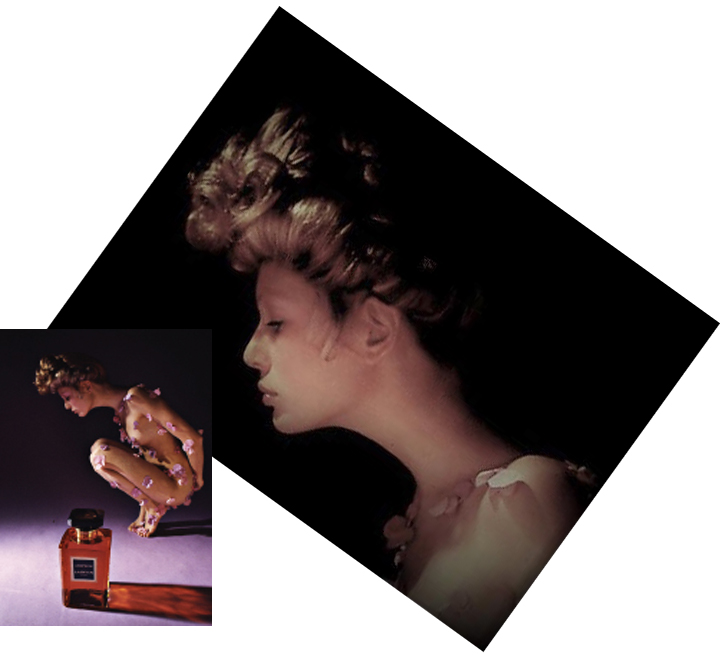
So I went to Robert d’Estaing, with whom I worked as a model previously, and asked him to teach me photography. His Studio was at 12 Place Vendôme. Peter Stanton was learning in the same time with me. Many big photographers passed by this place.
We started working together for all the jewellery houses from place Vendôme, and the luxury fashion houses. My first Large Format photography I made there was for Torente. And my sister appeared in a campaign I signed for Lanvin perfumes.
At one point I decided to leave the studio and become an independent photographer. Thanks to Robert d’Estaing I knew how to use any camera. And when I bought my first flash I moved to rue du Four, in the 6th arrondissement. Close to les Deux Maggots, neighbourhood I still love. I wanted to travel so I went to Brasil to make fashion photography in Rio and Sao Paolo. When I came back to Paris I knew I had to try New York, so I told myself I’ll give it 6 month.
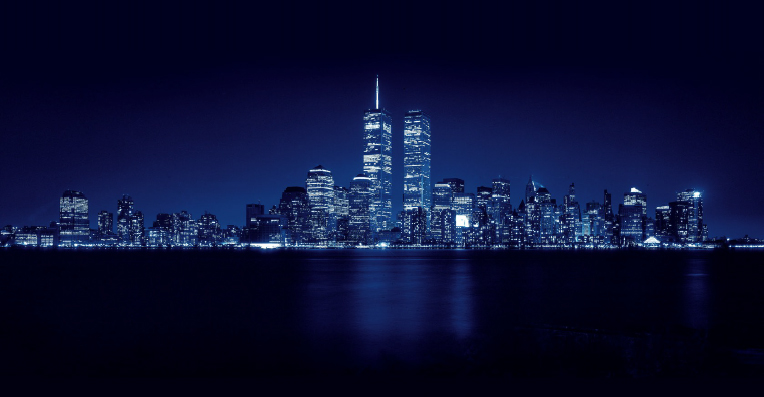
My first client in New York was Vogue for I. Miller shoes. I shot a lot for them, as for Time Life and Women’s Wear Daily. That was with my Hasselblad … 11 years in the Big Appel. I had my own studio at 5E 19th Street. This is where I made the first Halston underwear shooting with top model, Margarite Rame. I appreciated him, he was kind.
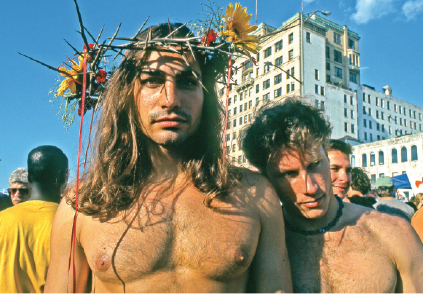
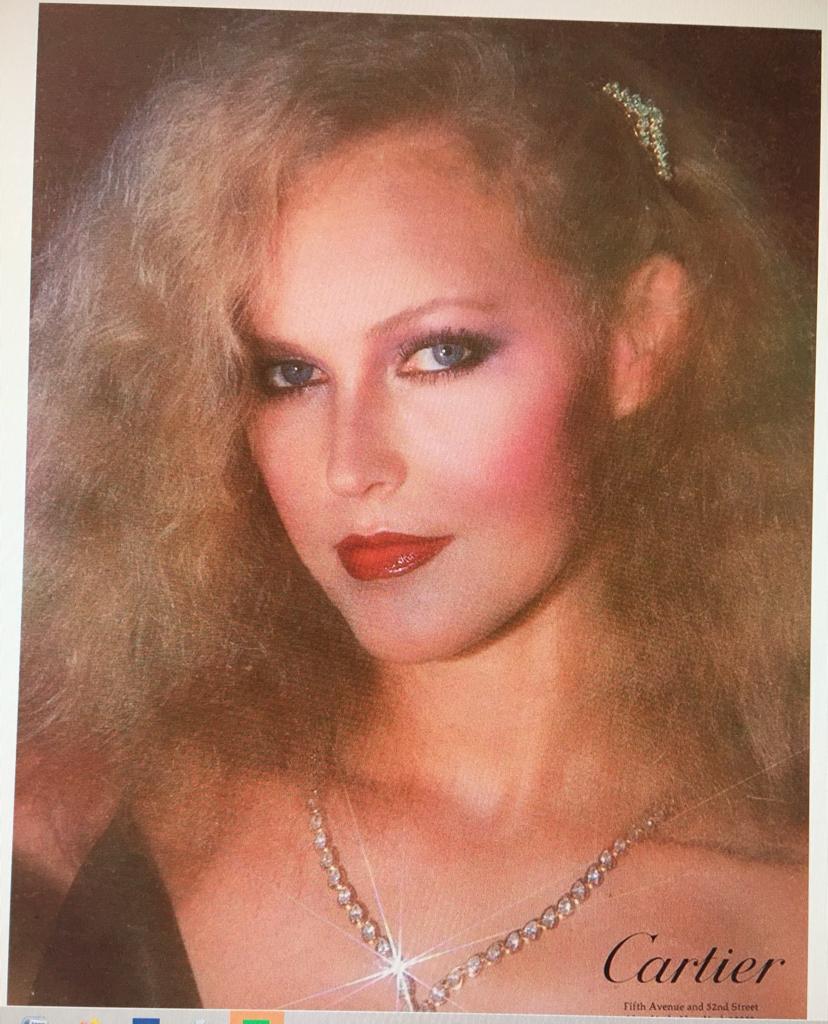
Time Life art director Sheldon Cutler editing Winnie Denker’s photographs.
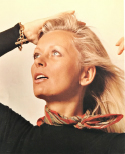 Then I got the assignment from Time Life to do the book on America. A big, interesting project. I saw all of the American culture. I must say, a successful book, translated in 22 languages.
Then I got the assignment from Time Life to do the book on America. A big, interesting project. I saw all of the American culture. I must say, a successful book, translated in 22 languages.
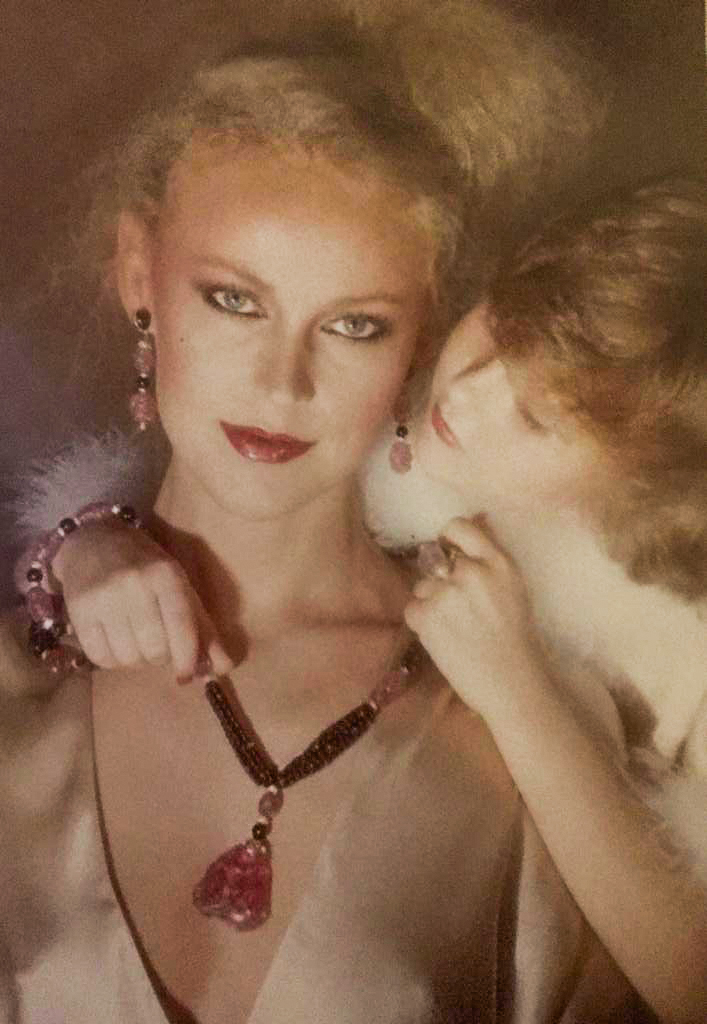
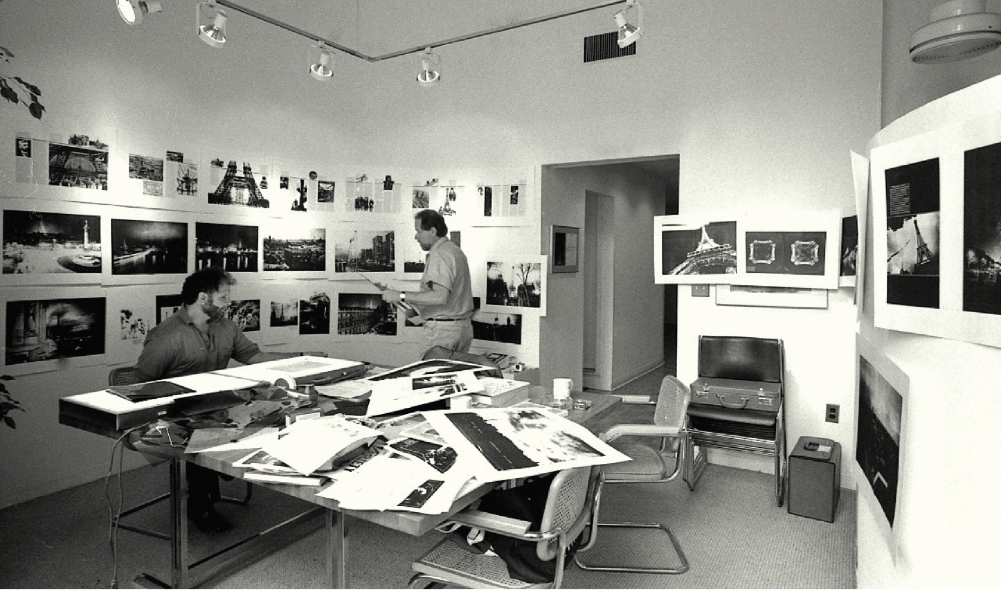
After this I went to Africa and India where I met the owner of Oberoi hotels, mr. Mohan Singh Oberoi, who asked to go around Asia and make photos of his hotels. It was the perfect job, I traveled all around India and did incredible scenes, New Dehli, Goa, Bombay, Cachemire… I followed the pashmina productions in Shahtoosh, very poor but so interesting to photographe (today they are protected).
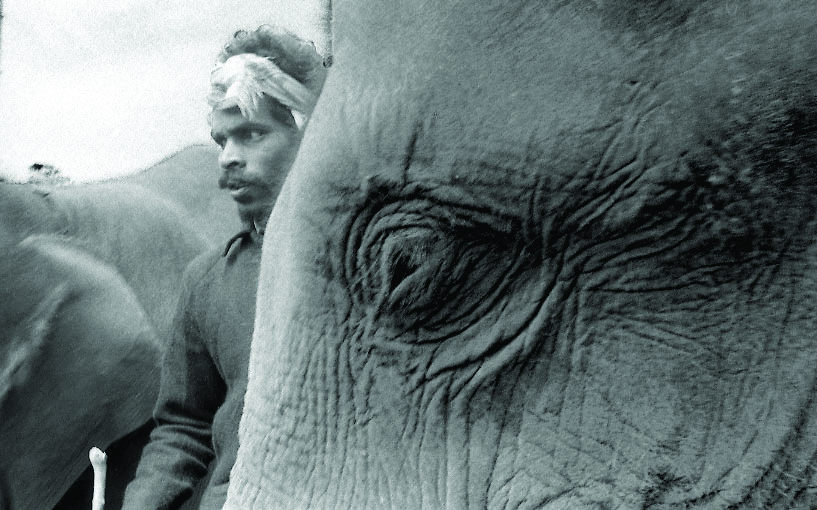
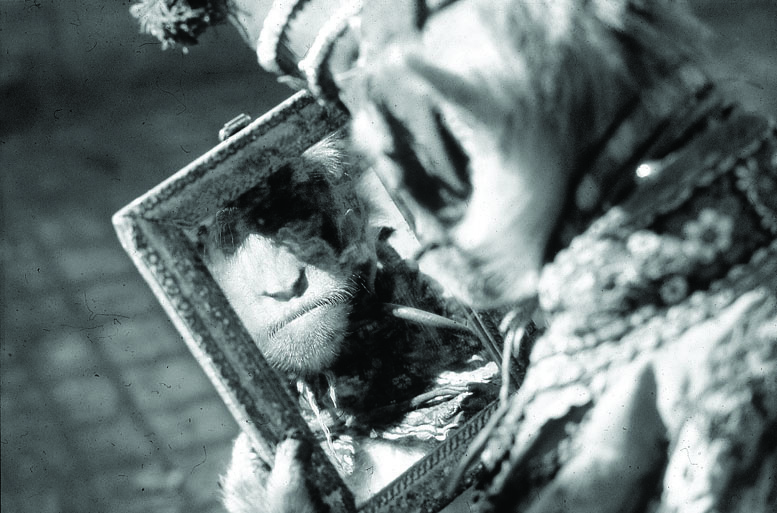
A funny story, I arrived in Bali right after Roman Polanski, he got everything stolen over there. The place was stunning, with old furniture, so I decided to leave everything I had visible. Scattered around my room and I never told them when I was leaving. I managed like this not to be robed.
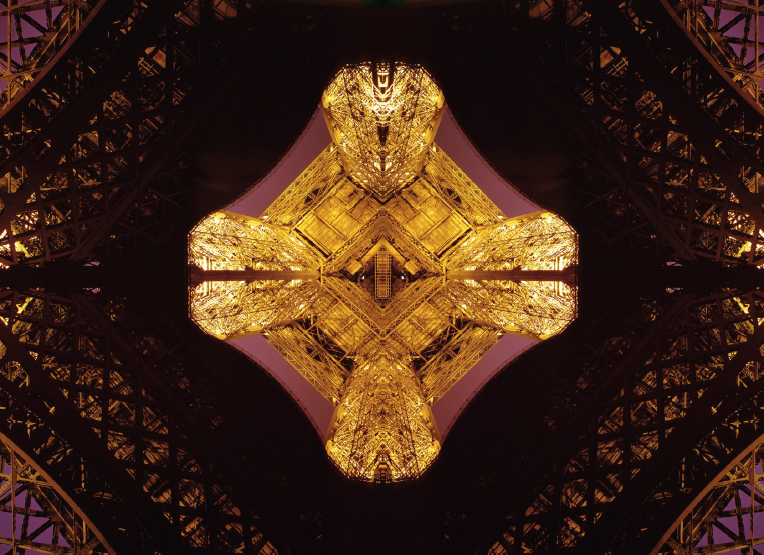
Purple Diamond Eiffel tower – 1998, Paris, Duratrans, light-box, 200x100cm, limited edition
In 86 she rediscovered the Eiffel Tower; or better said, anew with light, the old dame revealed herself to Winnie. Insider of the illumination electrical works, insider of the mythical Jean-Michel Jarre laser show, Winnie developed an interest, an obsession for the Iron Lady, portraying her in so many shades and visions one won’t stop to admire. This is the biggest talent of the Danish artist, bringing a surprising view of something you have seen daily. Her capacity to offer the essence of a monument, the pulsating heart of it, visible only in one precise moment of space and time.
A.M.: Tell us about the Eiffel Tower photographs.
W.D.: The first picture I took of the Eiffel Tower was on January 4th, 1986. It was to beautiful with the new lights, so I kept making these photos. Nobody did it before in large format.
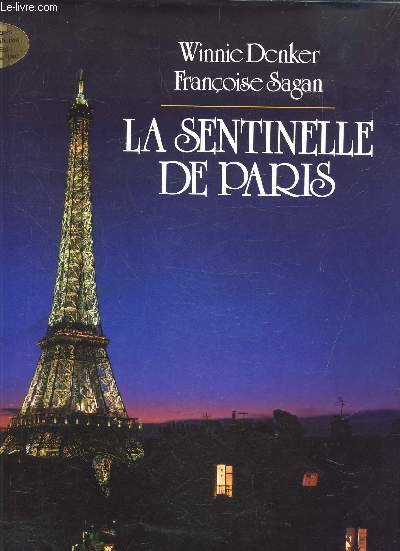
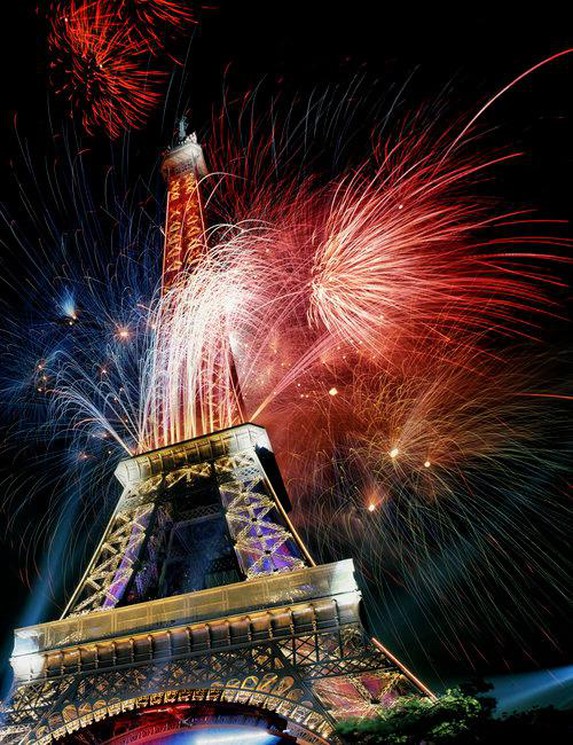
Then I went back to NY, 4 years have passed and I kept my apartment over there. It was hard for me to leave NY, it is so dynamic, people are so precise. I took the occasion to show my Eiffel Tower photographs to Sheldon Cutler, the art director of Time Life who became a close friend since my missions for them. He always helped with guidance. He told me to make a book.
A.M.: And is this very book, published by Robert Laffont, with the layout made by Sheldon himself and an introduction by Françoise Sagan, that marked a milestone in your life path?
W.D.: My dream was having the book made with Marlene Dietrich. I was close to her as we have been living in the same building in Paris during some time. But life decided it would be Françoise Sagan. She was renown, much more than I was back then.
I kept doing these photos, one became a billboard for the French Revolution anniversary. Both, this image and the book marked a change.
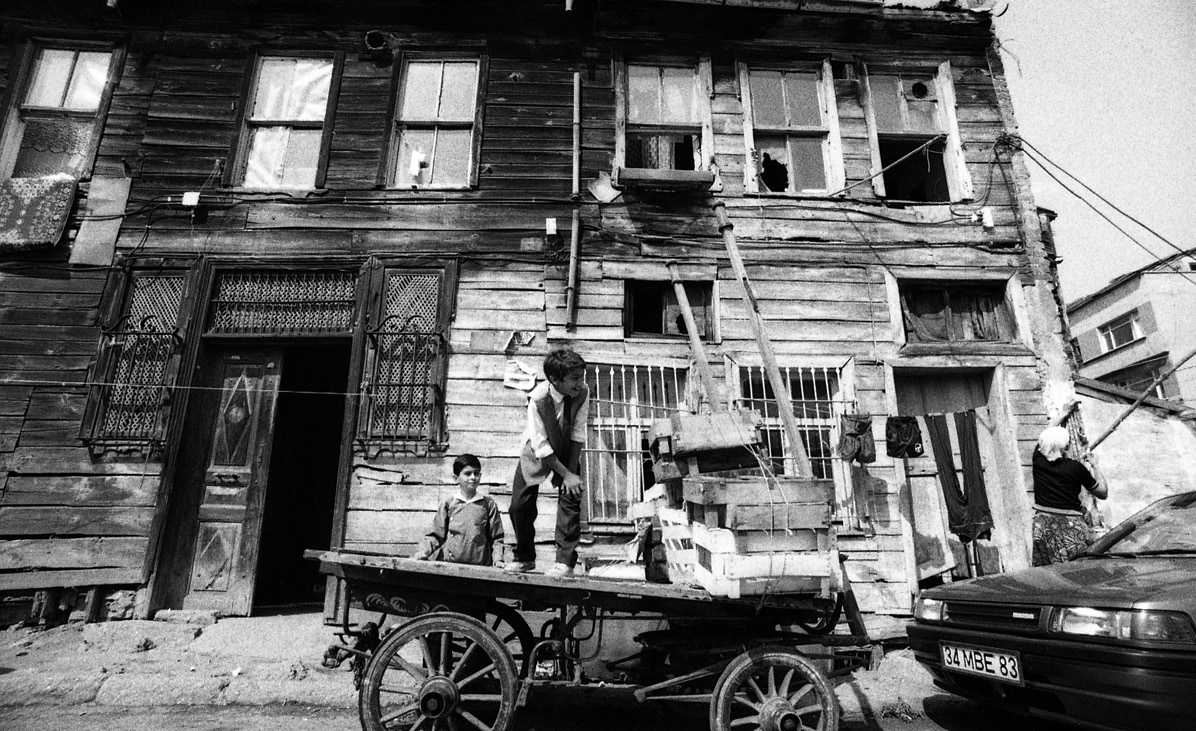
I was sent to Turkey, Syria, Egypt and Russia. Some of the things I photographed then are destroyed now .. just think of beautiful Palmyre… I could enter some of the most incredible mosques, cult places forbidden to women so I dressed as a man, or the oldest mosaic in the world depicting female musicians, I’m afraid this is destroyed now… So many times my photography helped restoring, like these wood houses in Turkey. The rich build brand new killing this high density atmosphere.
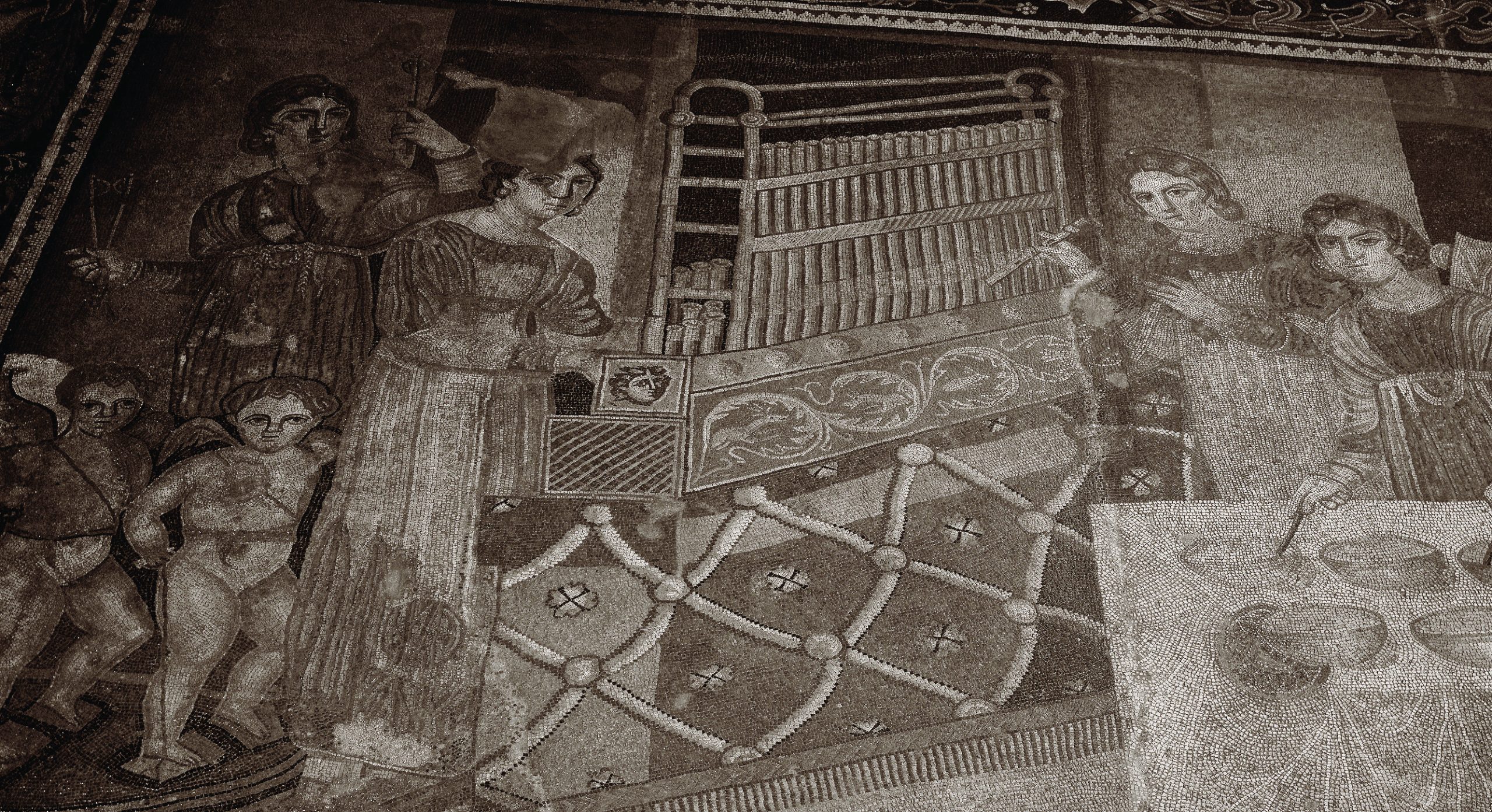
In 1982 Time Life wanted to send me to Moscow but I refused. I knew I would of made friends and then they would suffer after my living because of the political context, so I preferred America. Ten years later, when the Berlin Wall was down, I went there for Unesco, before National Geographic. This is all thanks to the book.
In January 1991 I was in Leningrad, fascinated by the change on going. I do not know why I feel connected to the Russians, but I do. The mayor was a very nice person, Anatoli Sobtchak, he invited me to all the events. This is how I became very good friends with the general director of the Hermitage Museum, Mikhail Borisovich Piotrovsky. He allowed me to sleep on the roof during the white nights. I went everywhere with him, even in the archives. Normally you get a place in this museum when you are dead. In the future I will have my dream exhibition, for now, I have only four permanent palatine prints.
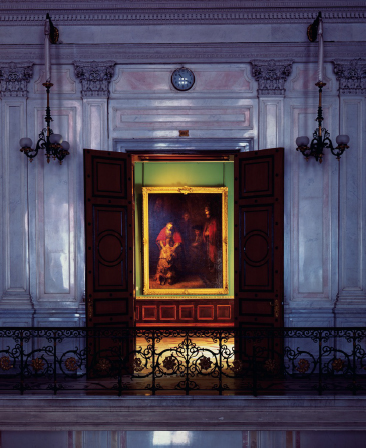
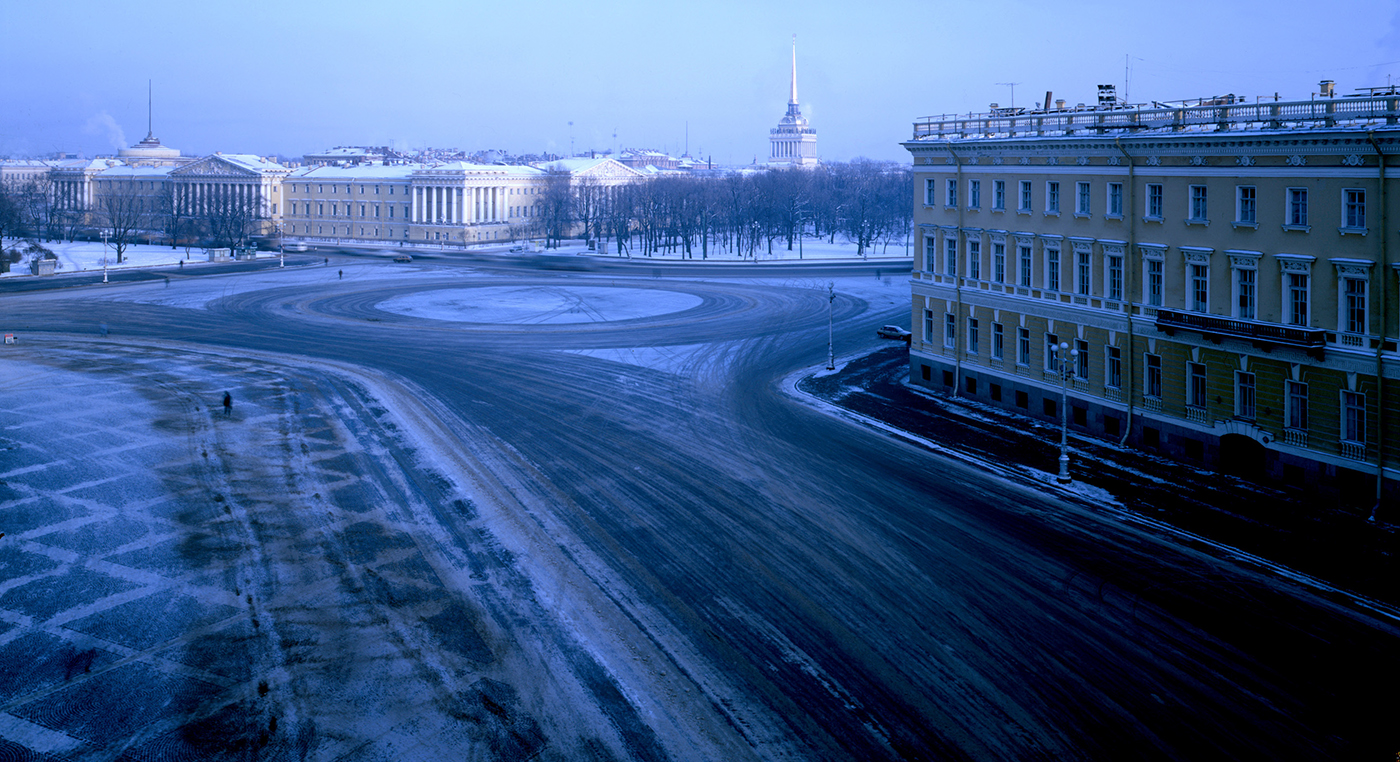
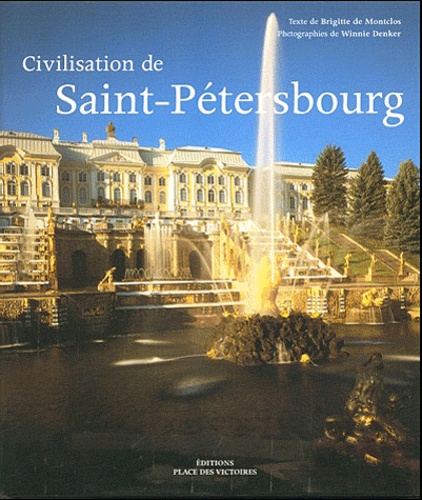
the book, Saint Petersburg civilisation, by Winnie Denker and Brigitte de Montclos
Winnie with Mikhaïl Piotrovski at the State Hermitage Museum
We are close, imagine when he is in Paris only for 3 days he spends one evening with me. I went to pick him up with my small Austin and I took him up to the 3rd floor of the Eiffel Tower, then we took the stairs to Jules Verne, it was so windy even with him being Russian I was scared. We had a great dinner. Another friendship moment In NY, after a prominent speech at the MOMA we went to the Russian Tea Room, exquisite party of collectors and benefactors. But the biggest thing I made with him was the art show in Monaco, pictures several meters high depicting the Mariinsky ballet.
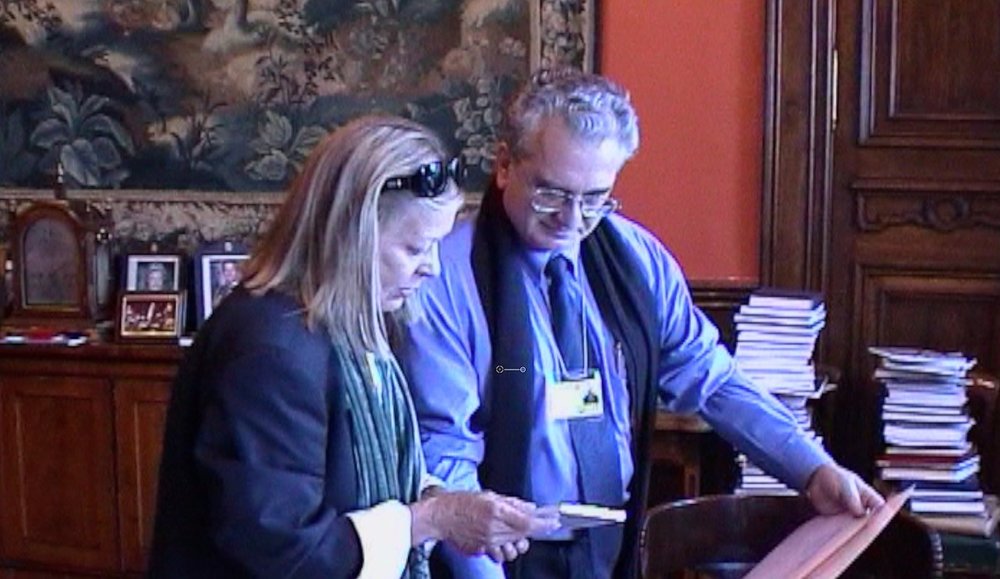
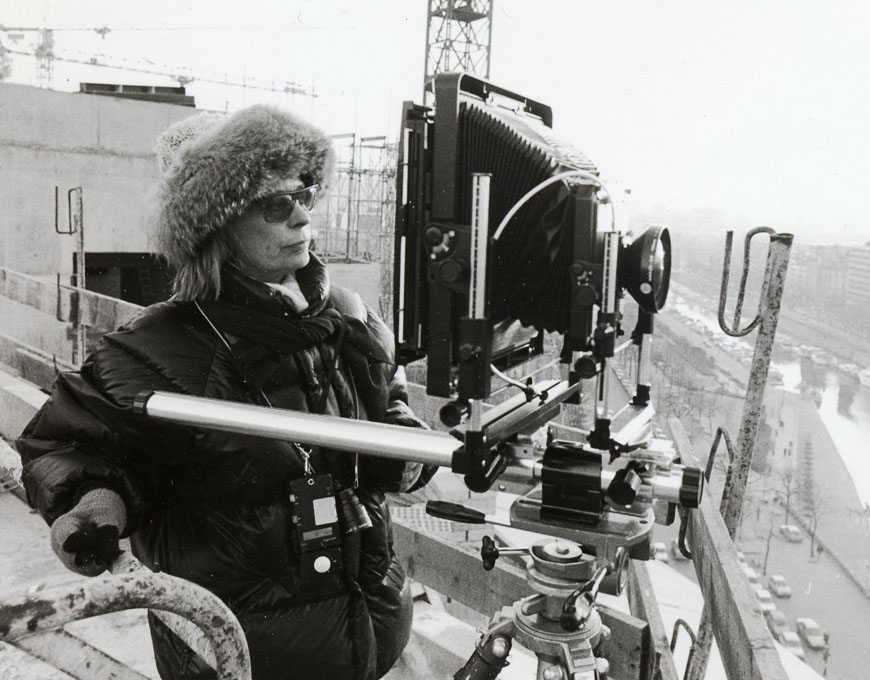
Winnie shooting at the Opera Bastille under construction (Paris 1987)
A.M.: Tell us about your technique, from film to print.
W.D.: I don’t work with digital, even if it is so convenient. I am all about analog photography. Printing is a major issue, papers go out of production, I have to try new ones, always adapt. I work since years with a Parisian printing house called DUPON . The large format 8X10 has the advantage you can print even 15m high images. But you have also time disadvantages, with the rolls I have to wait until I see the result. Once it happened something dramatic for me, the film rolls went through the control device at the airport, and they came out zebra, the unit was set to strong. Then I obtained a diplomatic suitcase so I can pass my films in case I cannot process them on spot.
You see, for me the film is noble, the digital is frigid, to cold, to clean.
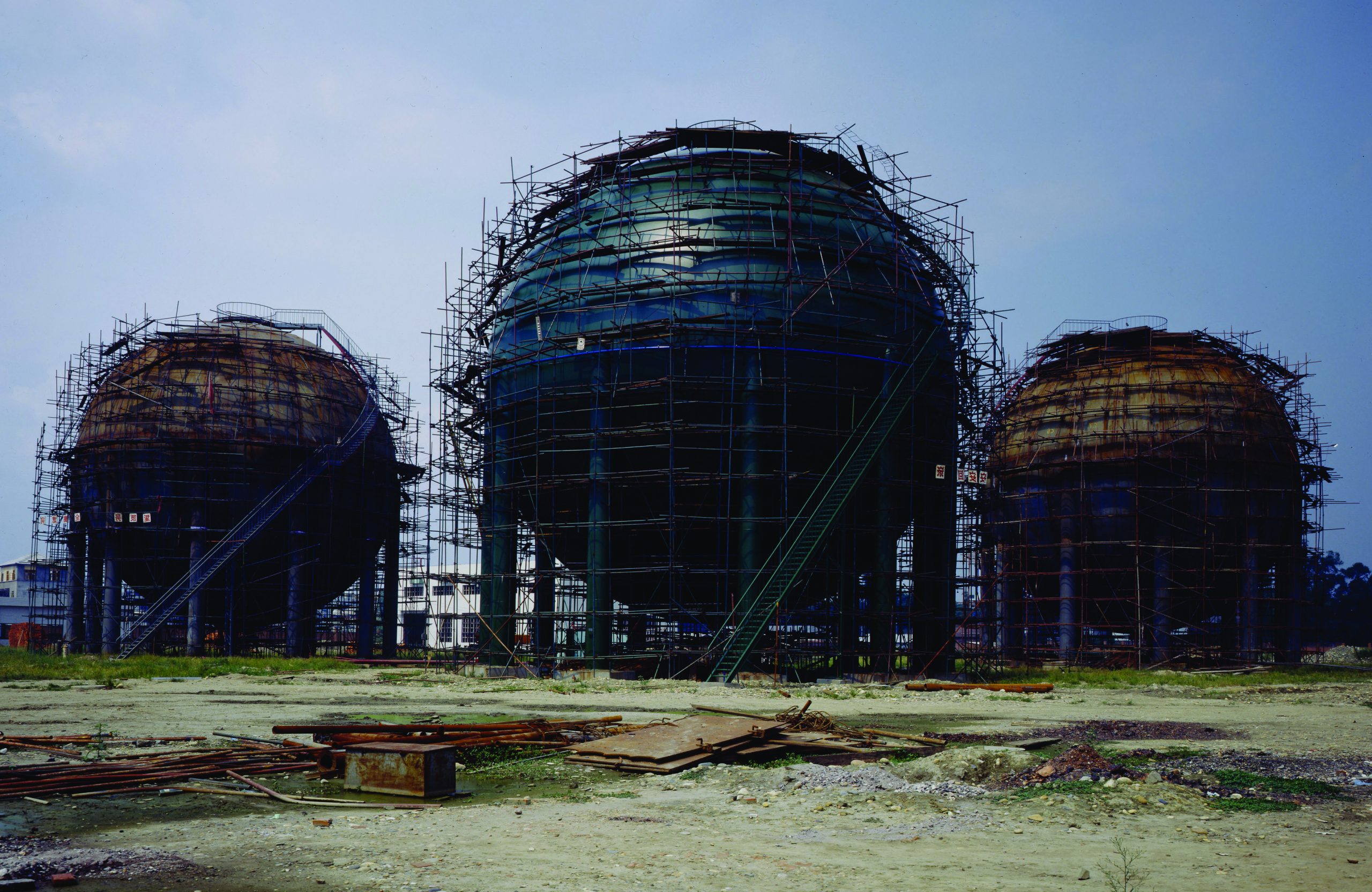
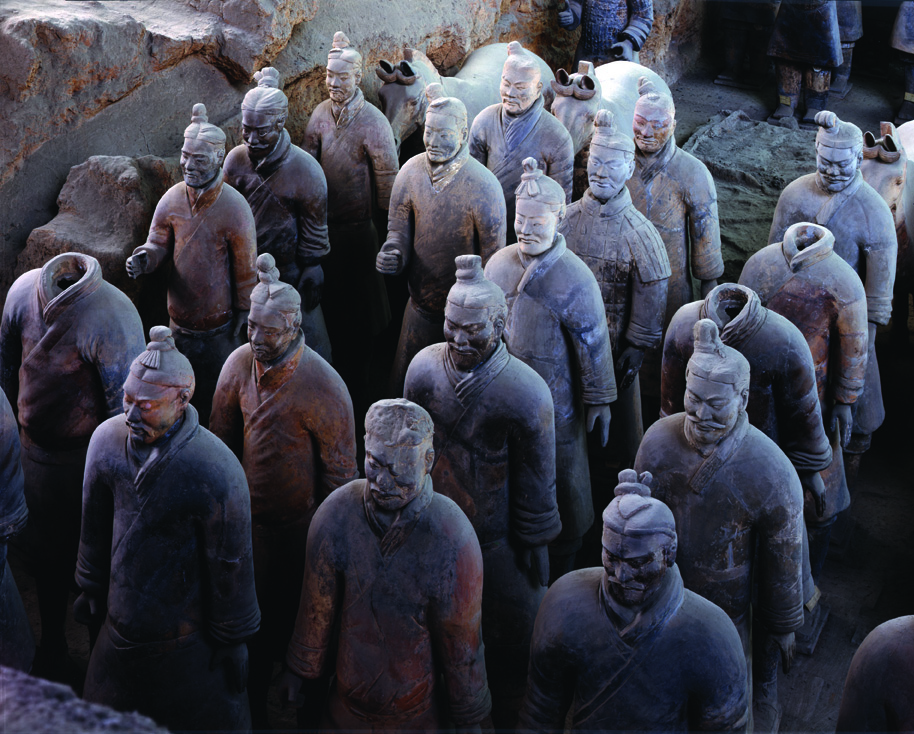
A.M.: Today many are going back to analog photography, for this very story telling tender feeling.
W.D.: Oh, the first time I went to China I could not find one film roll. Today there is an entire building dedicated to analog photography. You can find everything you want. They have so many 8X10 fuji films… During five years I could not process my films over there. Now I can. I was several times in China, imagine being so close to the Xi’an worriers by the researchers, and in Sindu, Pekin, I even had a show in Shanghai. And an art show in Bonn where I presented 4m high photographs, the German government helped restoring the grande muraille.
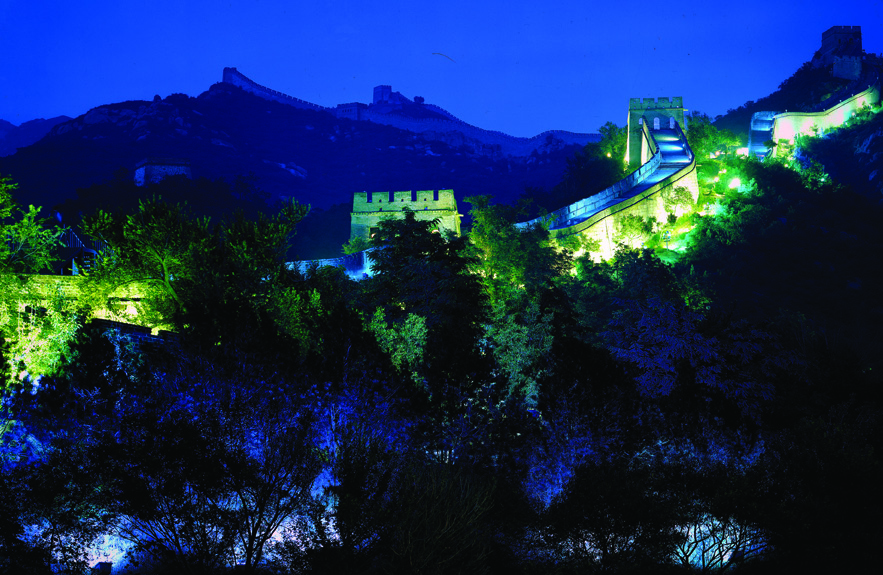
A.M.: The light boxes , these chef d’oeuvres, when did you started to make them?
W.D.: I was inspired by the light table and the magnifying glass I used when looking at my films. I do not have the pretension to have had invented it but I go with the best paper cut atelier in Paris to make the boxes. They do it sure-mesure. Not a strait line work with homogenous light but re-draw my image with it. It is of most importance. Many are impressed by them. Look the money they spent for the superb and grandiose car photographs exhibit in Dubai, at the end the benefactors love best my light boxes. Even Willem de Kooning, the famous artist likes them.
Sheldon Cutler is one of the biggest art directors in America, he made photography books for more than 25 years. He was looking at my Lightbox with the Russian church and said:
“Oh, this is a masterpiece, I wish I could buy it for my apartment in NY , but I am jewish, he said, I will have a church, it’s a little bizarre…” Coming from a guy like this, who worked with all the big photographers during his life it is a real compliment. Shy smile ….
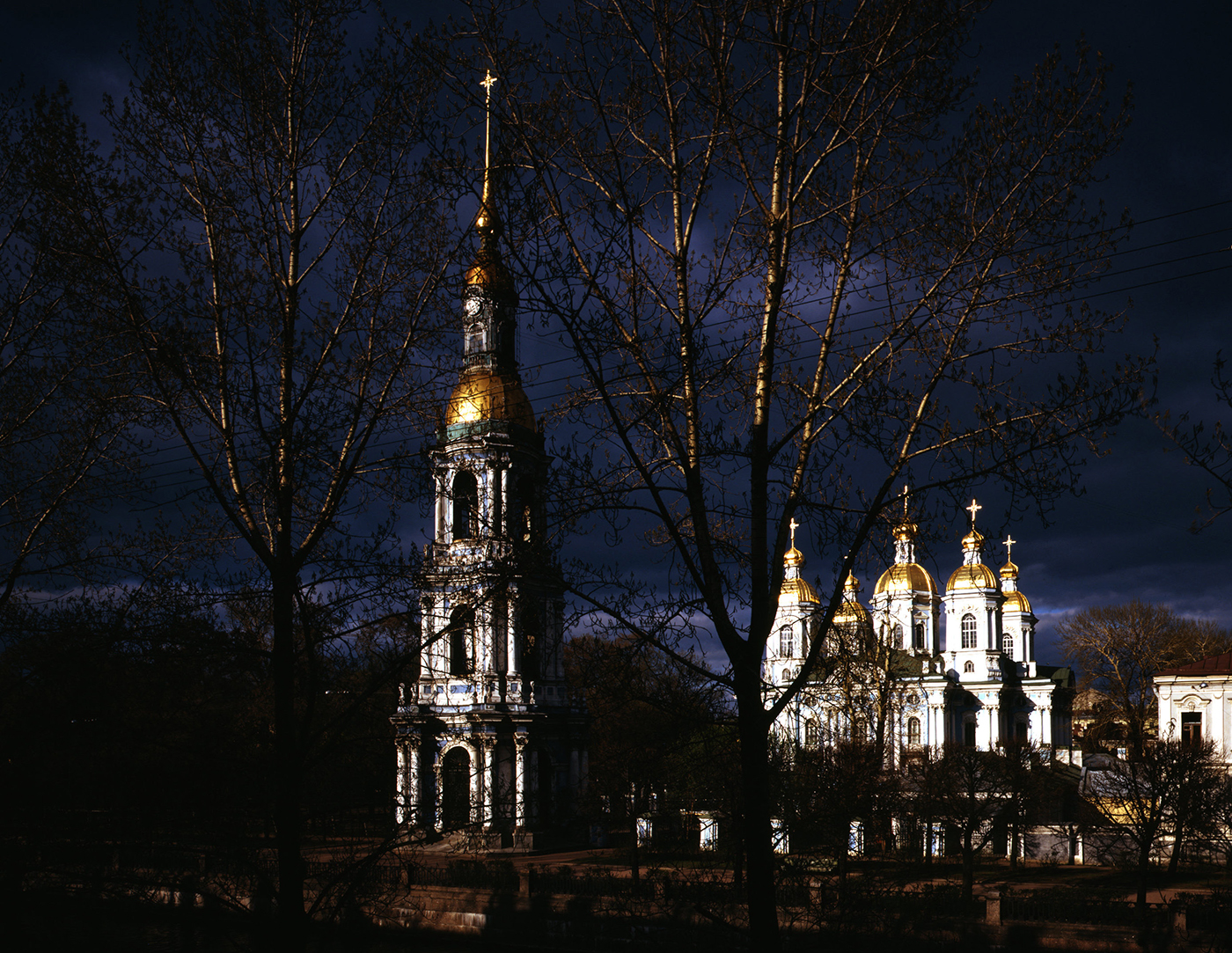
A.M.: You portrayed Willem de Kooning.
W.D.: I became friends with his daughter, by chance. We spend days together without knowing who she was. At one point I was introduced and I got to photograph him, and many other personalities. Salvador Dalí much before that, a famous Indian artist, and I can go on with names…
A.M.: Something to look forward to?
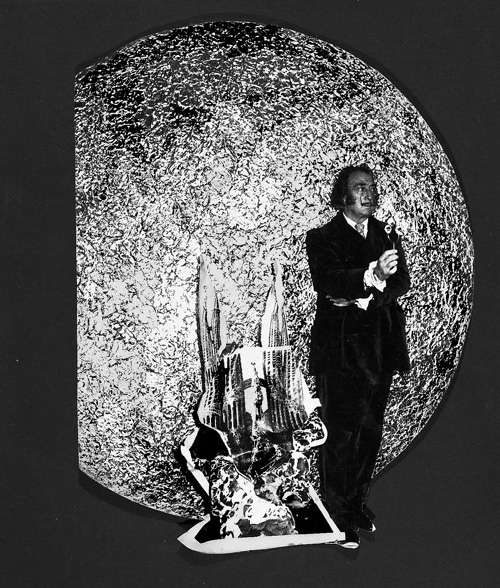
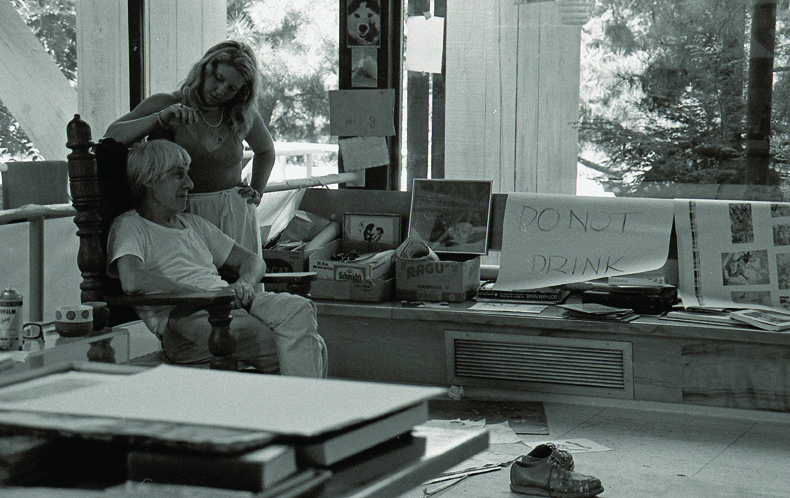
W.D.: A book by my dear Boris Guilbert, Voir le Monde – that we could translate See The World … Where he is telling about me: “Winnie the adventurer photographer” for it is true, I am still adventurous.
Today I wont call Winnie Danish even if she is by birth and childhood, she might be Parisian for she lives here and is in love with this city. She is also American, and Russian at heart. Winnie Denker made her role in hunting the human light, that radiance shining throughout ages and will do so, also through her works. In Japan we would call her a national living monument, a living patrimony, sorry matrimony, knighted Chevalier de l’Ordre des Arts et des Lettres in 2019, so we can call her universal, just what her art is.

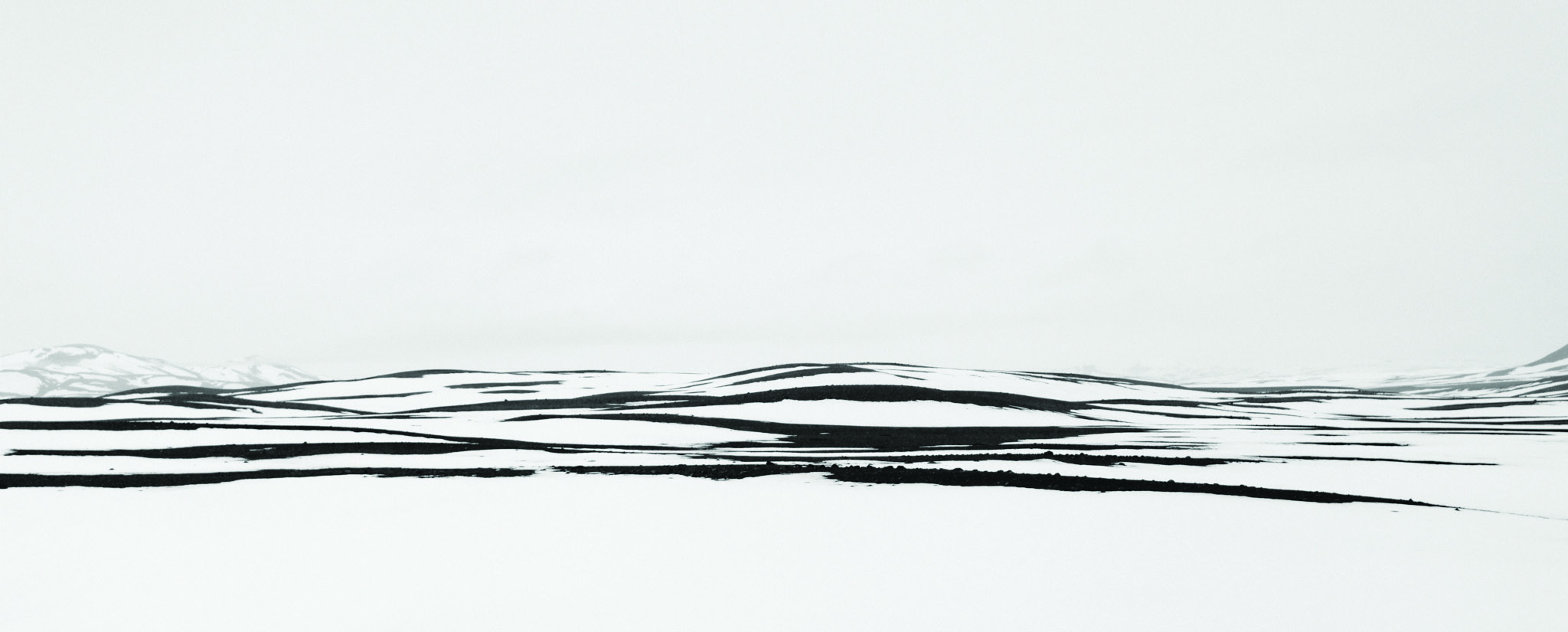
photos curtesy of the artist
photographer Tom Hagemeyer went to Winnie’s place to make a photo editorial. He embraced the place’s brightens, offered by the Winnie Denker’s boxes with no additional light. It was also photographer’s choice not to use make up. The model is real life truth. Please click on the photo to see it.
model Coco from BM model management
designs by Tom Van Der Borght
Recent main publications
The United States – Library of United Nations – Time Life Books, NY 1983
La Plus Belle Avenue du Monde. Texts by Jean des Cars. Collectif des Champs-Elysées 1987
La Sentinelle de Paris. Texts by Françoise Sagan. Robert Laffont 1989
Paris, Fêtes et Lumières.Texts by Jean-Paul Desprat. Mengès 1991
Paris. Texts by Jean-Paul Desprat. Rizzoli 1992
Palaces of Saint Petersburg, Russian Imperial Style. Mississippi Arts Pavilion 1996
Constantinople. De Byzance à Istanbul. Texts by Stéphane Yerasimos. Mengès – Place des Victoire 2000
Civilisation de Saint-Petersbourg. Texts by Brigitte de Montclos. Mengès – Place des Victoires, 2001
L’Art De L’Islam.Texts by Luca Mozzati. Mengès – Place des Victoires 2002
La Tour Eiffel. Limited edition. La Tour Eiffel, France 2003
La Tour Eiffel. Texts by Bertrand Lemoine. Mengès – Place des Victoires 2004
Le Figaro Magazine, France. «Saint-Petersburg» 1995
Geo Magazine, France «Russia» 1999
L’Express, France «Le Musée d’Art Oriental» 2000
Geo Magazine, France «Moscow» 2001
Geo Magazine, France «Turkey» 2002
Le Figaro Collection Hors Série, France «Saint-Petersbourg» 2003
Metro, France – Tour Eiffel Rouge 2004
Le Figaro Collection Hors Série, France – Tour Eiffel 2006
Connaissance des Arts, France «La Tour Eiffel» 2009
Le Figaro Collection Hors Série, France – «Les Romanov» 2011
Recent main art shows
1989 Mona Bismark Fundation, Paris, France «La tour Eiffel»
1990 Société Générale Bank, Paris, France «La tour Eiffel»
1992 La Caixa Bank Foundation, Spain, 18 exhibitions.«Saint-Petersburg»
1992 Hermitage Museum, St Petersburg, Russia, «Saint-Petersburg»
1993 UNESCO, Paris «Egypt, Turquey»
1993 United Nation Organisation, New York, NY. « Russia, Turquey » (Unesco)
1995 Dentsu Gallery, Tokyo, Japan.«Paris, Fêtes et Lumières»
1995 Lugano Museum, Switzerland. « Saint-Petersburg »
1996 Mississippi Arts Pavilion, Jackson, MS, USA. « Palaces of Saint Petersburg, Russian Imperial Style »
1996 Dentsu Gallery, Tokyo, Japan.« Paris, Fêtes et Lumières »
1996 Dentsu Gallery, Tokyo, Japan.«Paris, Fêtes et Lumières»
1999 Fratelli Alinari Museum of the History of Photography, Florence, «The Eiffel Tower»
2000 World Bank. Washington, DC. «Turquey, Saint Petersburg, Egypt» (Unesco)
2001 Institut du Monde Arabe, Paris, France. « Syria, Egypt » (Unesco)
2001 UNESCO, Paris « Syria »
2002 Espace Auteuil, Paris. « Comparaisons »
2003 Centre Georges Pompidou, Paris, France « La Tour Eiffel ».
2003 Levallois-Perret City Hall, France. « Saint-Petersbourg »
2004 Espace Auteuil, Paris. « Comparaisons »
2004 Grimaldi Forum, Monaco. «Imperial St Petersburg, from Peter the Great to Catherine II» Galerie W, Paris, France. «Selected Works»
2005 Art Shangaï. Shangaï, China. «The Eiffel Tower»
2006 Tsarskoye Selo, Pushkin, Russia «The Eiffel Tower»
2007 Shchusev State Museum of Architecture, Moscow, Russia. «The Eiffel Tower»
2010 Galerie du Passage, Paris, France. «Saint-Petersbourg»
at an exhibition of her magnificent photographs, many of which feature #UNESCO #WorldHeritage sites
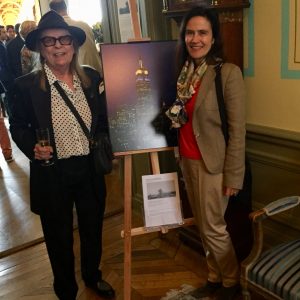
Artiste invitée par l’Association Artistique Suédoise à Paris
Cercle Suédois, 242 rue de Rivoli, 75001 Paris
8 – 28 octobre 2019, 15h30 – 18h
Ou sur rendez-vous: Damien Brachet 06 8379 2287, WinnieAAS@gorgeous-productions.com
Tenue correcte exigée.
Vernissage le mardi 8 octobre, 17h00 – 21h00
ctED WoRK #2015
Photographe danoise vivant à Paris, Winnie Denker est l’une des rares photographes qui
travaille en format 20×25.
Parcourant le monde depuis plus de quarante ans, son travail célèbre le patrimoine
culturel de l’humanité. Son utilisation de formats spectaculaires en capture la fugacité, la
fragilité de l’expérience humaine. Du magazine Life à l’Unesco, la Turquie, l’Euphrate,
Alep, Damas et Palmyre, l’Egypte, la Chine, des toits verglacés de l’Ermitage, pendue à un
hélicoptère, perchée sur une grue, cette intrépide renommée a été décorée Chevalier de
l’Ordre des Arts et des Lettres en mars 2019.
Guest artist of the Association Artistique Suédoise à Paris
Cercle Suédois, 242 rue de Rivoli, 75001 Paris
October 8 – 28, 2019, 3.30 – 6pm
Or by appointment: Damien Brachet 06 8379 2287, WinnieAAS@gorgeous-productions.com
Formal dress-code required.
Opening October 8th, 5 – 9 pm
Winnie Denker is a worldwide photographer born in Denmark and living in Paris, working
in wide 8×10 formats.
Travelling the globe for more than 40 years, her most famous work celebrates humanity’s
cultural heritage. Her use of spectacular formats captures its ephemerality, the fragility of
human experience. From Life Magazine to the Unesco’s World Heritage sites, from remote
regions of Turkey to the Euphrates, Alep, Damascus and Palmyra, Egypt, China, Iceland,
from the icy rooftops of the Hermitage, leaning out of a helicopter, perched up a crane in
the wind, the renown a risk-taker was knighted Chevalier de l’Ordre des Arts et des Lettres
in March 2019.
Artiste invitée par l’Association Artistique Suédoise à Paris
Cercle Suédois, 242 rue de Rivoli, 75001 Paris
8 – 28 octobre 2019, 15h30 – 18h
Ou sur rendez-vous: Damien Brachet 06 8379 2287
Tenue correcte exigée.
Vernissage le mardi 8 octobre, 17h00 – 21h00
Félicitation à mon amie Winnie Denker enfin reconnuJ’ai le plaisir de vous annoncer le lancement de mon tout nouveau site web
https://www.winnie-denker.com
Ecrivez-moi si vous avez des questions.
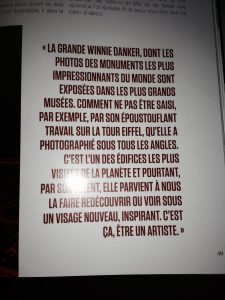
Winnie Denker, la funambule
VOUS ÊTES NÉE AU DANEMARK ET VOUS VOUS ÊTES INSTALLÉE EN FRANCE UN PEU AVANT VOS 20 ANS. POUVEZ-VOUS NOUS PARLER DE VOTRE RENCONTRE AVEC CE PAYS QUI EST DEVENU, DEPUIS, VOTRE PAYS D’ADOPTION ?
Winnie Denker : Je suis devenue indépendante très jeune. J’ai découvert Paris vers l’âge de 17 ans. La France m’a éblouie. J’aime le Danemark, mais c’est un petit pays sans grande disparité. La France, au contraire, est très variée ! En dépit de sa superficie moyenne, son territoire offre mille paysages différents. Sa culture est à l’image de son espace : l’Histoire, la langue, la cuisine, la mode, tout est riche. Je voulais apprendre, ressentir la sensibilité de ce pays, et m’y exprimer…
COMMENT ÊTES-VOUS VENUE À LA PHOTOGRAPHIE ?
C’est grâce à François Chalais. Il m’avait montré ses photos de la guerre du Vietnam. J’en avais été bouleversée. Paradoxalement, ces clichés de guerre qui ont fait naître ma passion et ma vocation m’ont conduite à vouloir montrer l’opposé : la beauté. Aussi ai-je commencé par des photos de mode…
VOUS AVEZ D’ABORD TRAVAILLÉ AVEC LES PLUS GRANDES MAISONS PARISIENNES DE LA MODE ET DU LUXE, DE LANVIN À CHAUMET, EN PASSANT PAR CARTIER. VOUS AVEZ DONC VÉCU DE L’INTÉRIEUR CETTE ÉPOQUE DORÉE DE LA FRENCH TOUCH. QUE RETENEZ-VOUS DE CETTE PÉRIODE ?
C’était une époque extraordinaire. D’une part, après ces horribles conflits (la Deuxième Guerre mondiale, l’Indochine, l’Algérie), les gens avaient envie de vivre. De l’autre, il y avait des talents immenses et une recherche de l’excellence. Il y avait un mélange de folie et de rigueur, de fête et de sérieux. Tout était ouvert, et il y avait beaucoup d’opportunités. On s’amusait beaucoup et on travaillait avec application. Mais nous dormions peu. Sans tomber dans la nostalgie, c’était un peu comme un âge d’or.
DE RETOUR DANS LA CAPITALE APRÈS ÊTRE REPASSÉE PAR NEW YORK, VOUS TOMBEZ LITTÉRALEMENT SOUS LE CHARME DE LA TOUR EIFFEL LORS DES CENT ANS DE LA DAME DE FER. LA LÉGENDE DIT QUE VOUS AVEZ ALORS EU UNE RÉVÉLATION, UN COUP DE FOUDRE. FUT-CE LE CAS ?
Tout a commencé le 4 janvier 1986. Mon ami Pierre Bidault avait conçu le nouvel éclairage de la tour Eiffel, puis bien d’autres par la suite. De cette première photo est née une obsession. Ce monument, qui était le plus photographié dans le monde, j’ai voulu le montrer différemment. Ce fut un défi personnel. Par tous les temps, à toute heure, sous tous les angles, j’ai photographié cette construction si singulière. Ici, en revanche, pendant des années. Pierre Bidault m’a ouvert toutes les portes pour rendre possibles toutes mes audaces. Quand mon éditeur m’a demandé qui je voulais pour la préface du livre, j’ai pensé à Marlene Dietrich – nous partagions la même femme de chambre – et à Françoise Sagan. J’ai alors envoyé un immense bouquet de fleurs blanches à Mlle Dietrich, qui est, hélas, décédée quelques jours plus tard. Françoise Sagan a répondu positivement et a trouvé ce très beau titre : La Sentinelle de Paris.
DEPUIS, VOUS VOUS ÊTES RÉELLEMENT SPÉCIALISÉE DANS LA PHOTO D’ARCHITECTURE. VOUS ÊTES LA GRANDE PRÊTRESSE DES PHOTOGRAPHIES DE VILLES DÉMESURÉES, DE GRANDS IMMEUBLES, DE VASTES CONSTRUCTIONS. QU’EST-CE QUI VOUS SÉDUIT AUTANT DANS CES STRUCTURES ?
Je ne suis la grande prêtresse de rien du tout ! Je ne fais qu’essayer de sublimer le patrimoine mondial. J’ai eu l’honneur d’être mandatée par l’Unesco pendant plus de dix ans pour illustrer les grandes productions de l’Humanité. Certaines ont disparu depuis, hélas. Près d’Istanbul, un tremblement de terre a détruit des lieux que j’avais photographiés, les Twin Towers, Alep, Damas… Pour tout vous dire, ce qui me séduit, c’est de me confronter humblement aux constructions immenses qui semblent éternelles, mais que l’Histoire a rendues si fragiles…
ON DIT QUE VOUS ÊTES UNE FUNAMBULE ET QUE VOUS N’HÉSITIEZ PAS À PRENDRE DES RISQUES POUR AVOIR LE MEILLEUR ANGLE DE VUE POSSIBLE SUR UN IMMEUBLE OU UN MONUMENT. AVEZ-VOUS UNE ANECDOTE À CE SUJET ?
J’en ai mille ! Je dois avoir un ange gardien, car j’aurais pu mourir de nombreuses fois… J’ai dormi en haut de la tour Eiffel, sur les toits du musée de l’Ermitage , et sur ceux de l’église Saint-Eustache. Éphèse, au sommet d’une grue, j’ai failli y passer en me penchant et en croyant me retenir à un pilier qui s’est avéré être un tuyau mou qui n’était fixé à rien… J’essaie d’aller toujours plus haut pour obtenir l’angle le plus complet. Montgolfière, hélicoptère, quand je veux trouver le bon angle, je suis prête à n’importe quoi. Il y a la volonté, mais il y a aussi la chance…
À L’HEURE DU TOUT NUMÉRIQUE, VOUS TRAVAILLEZ TOUJOURS AU FORMAT 20/25, QUI OFFRE UNE PROFONDEUR PRESQUE VERTIGINEUSE À VOS PHOTOGRAPHIES. POUVEZ-VOUS NOUS EN DIRE UN PEU PLUS SUR CE CHOIX DE FORMAT ?
Une seule réponse : la qualité, la profondeur de la photo, la noblesse du résultat. Mais ne croyez pas que je ne travaille pas au numérique, il a aussi sa place ! Chaque outil a son utilité, mais la chambre 20/25, c’est la reine de la photographie ! Vos tirages sont réalisés par la mythique maison Fresson, qui choisit religieusement les artistes avec lesquels elle travaille. Racontez-nous cette prestigieuse collaboration ! Il faut collaborer avec les meilleurs, chacun dans sa spécialité. La photographie implique une série de métiers. Fresson reste le maître pour les développements au pigment or, argent, charbon, etc. Cette collaboration m’a beaucoup honorée. Mais je ne suis pas snob, j’essaie aussi de donner leur chance à ceux qui sont prêts à donner le meilleur d’eux-mêmes.
VOUS EXPOSEZ PARTOUT DANS LE MONDE, LE MUSÉE DE L’ERMITAGE DE SAINT-PÉTERSBOURG VOUS ACCUEILLE DE MANIÈRE PERMANENTE, ON VOUS VOIT À PARIS, À MONACO, À NEW YORK, À FLORENCE, VOUS AVEZ MENÉ À BIEN PLUSIEURS MISSIONS POUR L’UNESCO, SUR LE PATRIMOINE DE L’HUMANITÉ DE LA SYRIE AU CAIRE, EN PASSANT PAR ISTANBUL ET LE LIBAN. QU’EST-CE QUE CES EXPÉRIENCES VOUS ONT APPORTÉ ? QUELS SOUVENIRS EN GARDEZ-VOUS ?
De cette vie de voyages et de projets, ce qui me reste en mémoire, ce sont toutes les petites histoires, les gens, la vie, les rencontres, les anecdotes et les hasards qui ont rendu possible l’existence de ces grandes photos immobiles – et parfois leur réussite, je l’espère tout au moins.
QUELS SONT VOS PROJETS EN COURS DE RÉALISATION ?
Top secret. Je préfère le « faire » au « parler ».
Winnie Denker es une exploratrice sans peur pour une grande photographie .
Ces vues animées et judicieuses reflètent l’essence de ces sujets dans des scènes panoramique , monumentale et des photographies antérieur de modèles de Mode . Son travail définit la photographie comme une forme d’art .
Sheldon Cotler Ancien Directeur artistique de Time-Life Books Président de Sheldon Cotler & associés .

Botero le colombien


—————-
I am pleased to announce the launch of my brand new website
https://www.winnie-denker.com
Please write me if you have question.
Grand Canal (Canaletto – 1722), The Last Supper (Pietro Novelli – 1780) in the dining room of the monks
Rev: ITVE-MO-CA
Contact me for any questions
Grace Jones

J’ai le plaisir de vous annoncer le lancement de mon tout nouveau site web
Ecrivez-moi si vous avez des questions.
Hello Winnie , merci ….

Stella Vajsova-Jones a créé un sondage.
Thank you ![]()
Mon Amour. . .

Jean Paul Bellanger a partagé un lien.
Bonsoir Winnie
c’est jean paul bellanger de bel7infos site international music reportages autos motos cinéma arts expos
www.bel7infos.eu à partager avec nous bonne soirée

Hi Winnie… just played a festival in Chauny tonight… hope to see you sometime soon in Paris…
![]() ✌️– JBO
✌️– JBO
TAK,Winnie.
Good ! I like that

Philippe de Boucaud a changé la photo du groupe.

Hey Winnie ![]()

Michaël LM a partagé une publication.


un grand talent













here is a rare photo – this was taken by the famous european Time/Life photographer Winnie Denker of the great Hall at Allaire with a Deardorf 8×10 camera right after I bought the property but still had not sandblasted the chimney or built the control room – great afternoon light caught by the maitre.

L’IMMENSE BEAUTÉ DU MONDE
WINNIE DENKER
Première monographie sur l’oeuvre
photographique de Winnie Denker
WINNIE DENKER
Photographe danoise, elle vit à Paris après avoir parcouru le monde pendant
plus de 40 ans pour son travail.
Après des débuts dans la photographie de mode et l’imagerie publicitaire pour
de grandes marques, elle se spécialise dans le patrimoine et parcourt le monde
pour l’Unesco, Time Life et de grandes institutions.
Les États-Unis, Saint-Pétersbourg, la Syrie, la Chine, L’Inde, la Turquie… elle est
chargée de parcourir ces pays pour enrichir le fonds iconographique du
patrimoine mondial de l’humanité et construit peu à peu un style
photographique fort.
Travaillant principalement à la chambre 20×25, les grands formats deviennent
sa spécialité et sa signature.
Ses archives d’une richesse inouïe sont composées de centaines de photos.
Elles sont le témoignage d’une vie et d’un siècle dans lequel on croise des
gloires et des lieux disparus : Willem de Kooning, Salvador Dali, Palmyre…
L’IMMENSE BEAUTÉ DU MONDE
Première monographie consacrée à l’oeuvre photographique de Winnie Denker,
après plusieurs ouvrages thématiques best-sellers, ce livre s’ouvre sur un grand
entretien. S’en suivent sept chapitres : Paris, Saint-Pétersbourg, États-Unis,
Chine, Islande, Orient, Autour du monde, qui développent les grands thèmes
de la carrière de Winnie Denker et les différentes facettes de son approche de
photographe en plus de 120 images.
Un voyage à travers le monde et l’immensité de ses beautés qu’elles soient
naturelles, architecturales ou artistiques. Un témoignage iconographique
précieux des 50 dernières années.
Projet d’ouvrage
224 pages – 260 x 230 – 160 images
